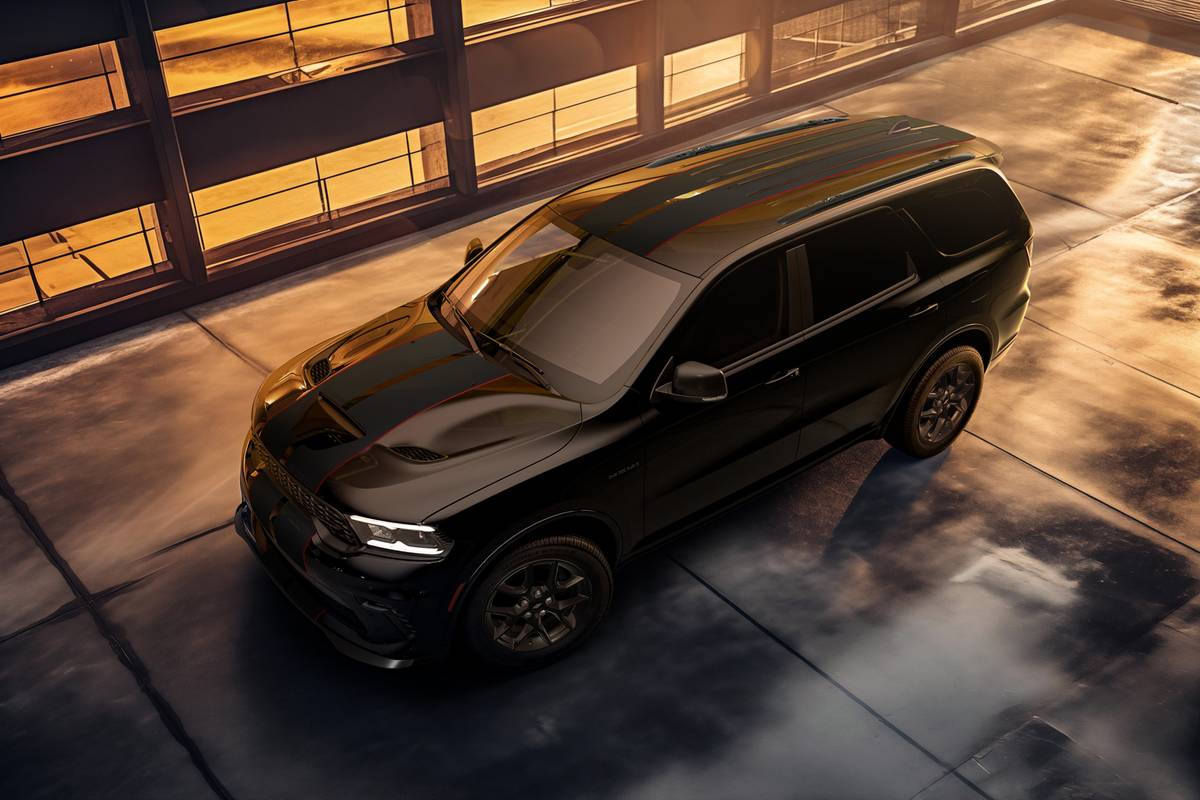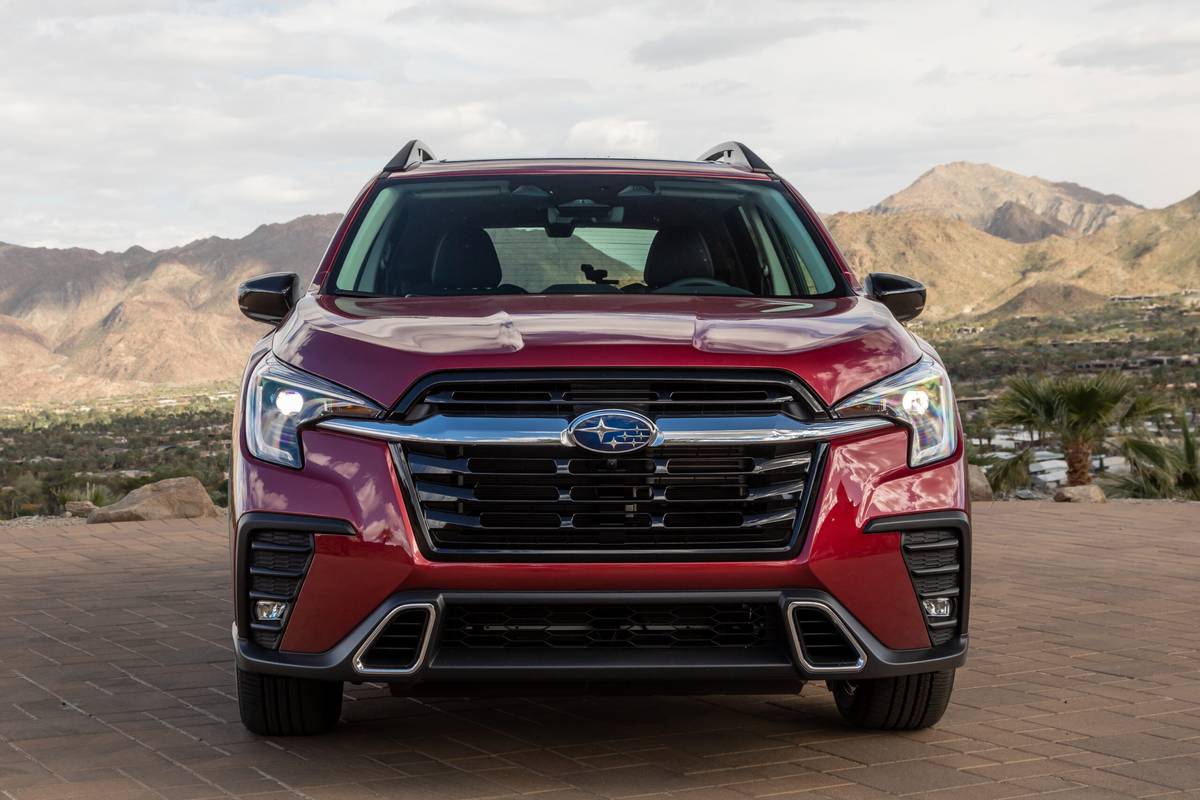chicagotribune.com's view
The King of the Hill isn’t dead, but if you listen closely, you can hear the fat lady rehearsing “Amazing Grace” in the background.
The King’s life expectancy may be no more than about three years, at which time a new Corvette will be unveiled. By then, if not before, the King will be laid to rest in the garages of collectors.
The King of the Hill, or ZR-1 engine option package on the regular Corvette coupe, is noted for its exceptionally quick 375-horsepower, 5.7- liter, 32-valve V-8 engine teamed with 6-speed manual transmission. It’s one of the few cars on the road today that actually strikes a tinge of fear in the heart of the motorist who opts to bury the pedal into the carpet.
But the name of the game in this industry is improvement and new technology and, while the 375-h.p. V-8 had no peer just a few years ago, another new engine has popped onto the scene at Chevy that has helped number the days of the ZR-1.
For ’92 a new 300-h.p., 16-valve V-8 engine is offered in the regular ‘Vette coupe and convertible. This engine boasts 50 more horsepower than the one it replaces, yet obtains 1 mile per gallon more in city and highway gas mileage. So you have not only a more powerful yet more fuel-efficient engine, but one whose power potential isn’t all that far behind that of the 375-h.p. V-8.
And keep in mind the 375-h.p. V-8 is nestled in a $65,868 sports car. If the powerful launch from a standing start to time warp with the 32-valve V-8 doesn’t get the ticker beating, the sticker certainly will kick start the palpitations.
The regular Corvette coupe, by comparison, is only $34,185; we apologize for using the word “only,” but $34,185 seems like a blue light special versus $65,868.
The King’s price tag is slightly higher than the Acura NSX, which starts at $63,000 with 5-speed, $67,000 with automatic. The NSX is powered by a 270- h.p., 3-liter, 24-valve V-6.
In 1990, its first year on the market, Chevy sold 2,890 ZR-1s. Sales slipped to 1,800 in 1991. There`s been no projection for 1992, but there’s speculation the total will come in under 1,500 units. By comparison, NSX sales totaled 1,119 in 1990 and rose to 1,763 for 1991.
There are reports that slumping ZR-1 sales spell its eventual demise. Chevy says that sales totals don’t and won’t dictate how long it remains on the scene, but the arrival of a new engine would.
“The success or failure of the ZR-1 doesn’t depend on volume,” one Chevy source insisted. “Even if we only sold 100 ZR-1s a year, the package would justify itself by demonstrating our ability to pull together a world- class coupe.”
Still, it looks as though its three years and out for the engine, and thus the ZR-1 or King of the Hill designation.
“It’s not unique for us to change engines in the ‘Vette; in fact that’s part of the ‘Vette tradition, updating and changing the engine. Various engines have come an d gone, and it hasn’t been an earthshaking event,” said Ralph Kramer, spokesman for Chevrolet.
Perhaps the earth rattled just a bit with the ZR-1 engine because Chevy spent a great deal of time and money promoting the stuffings out of it for months before the car ever arrived with the special engine.
Chevy didn’t help its own cause, however, in adapting ZR-1 styling to the regular ‘Vette. The owner of a $30,000 ‘Vette is pleased that his or her car looks like the $60,000 machine, but the owner of the $60,000 ‘Vette doesn’t take kindly to having a car that looks just like the cheaper machine.
As one source confided: “We have no plans to drop the ZR-1 within the next three years, but if the ZR-1 isn’t here within the next three years, I wouldn’t be surprised.”
As long as today’s subject is Corvette, we decided to review the coupe, the low-cost, $30,000 version for 1992 with its new 300-h.p. LT1 5.7-liter, V- 8 engine replacing the 250-h.p. L98 V -8 that had been offered since the 1985 model year.
The engine update for 1992 goes along with Chevy’s stance that continuous engine change is not a rarity with the Corvette.
Maybe that’s the problem with the ‘Vette. The car has two things going for it: distinctive styling and a rocket for an engine. In ride and handling the NSX eats the ‘Vette for lunch.
Drive 100 miles in a ‘Vette and your first stop better be the nearest medical center to regain circulation. Drive 100 miles in an NSX and you don’t have to stop. You want to keep going.
The ‘Vette has anti-lock brakes, and that’s good. The ‘Vette has a driver-side air bag, and that’s very good. For 1992 there’s also traction control to prevent wheel slippage on wet or snowy roads when accelerating or simply rounding that sharp bend in the road. Good as well.
But the cabin was designed by a Lilliputian. Room to roam becomes room to moan. You also sit a scant 4.7 inches off the ground. The 17-inch unidirectional tires and shocks have less than 5 inches to cushion you from the road harshness transmitted back through the seat and wheel.
The ‘Vette coupe offers three suspension settings-normal, sport and performance-to ease the jolting and jarring while still providing sports car road-holding ability. Don’t expect the three settings to mean soft, firm, hard. Rather, your choices become hard, harder, hardest when turning the suspension dial.
There’ll always be a ‘Vette and there’ll always be ‘Vette aficionados. If only the ‘Vette aficionados would beg just once for room and comfort rather than crying and beating their gold-chain-bedecked chests for yet another more powerful engine.
And, by the way, with traction control and ABS, Chevy says the ‘Vette is now a year-round car that can be driven for pleasure in June or December. We’ll buy June, but December? What good is traction control and ABS when you sit at the intersection one fine December morning waiting for the light to turn green and a Hyundai Excel or perhaps one of the remaining handful of Yugos left in this world slides into your $30,000 fiberglass body?
>> 1992 Corvette coupe
Wheelbase: 96.2 inches Length: 178.7 inches Engine: 5.7 liter, 300 h.p. V-8. Transmission: 6-speed manual or 4-speed automatic. Fuel economy: 17 m.p.g. city/25 m.p.g highway. Base price: $34,185. Strong point: More powerful, yet more fuel efficient engine. Styling very similar to ZR-1. Weak point: Styling too similar to ZR-1. Why pay $30,000 more for 75 more h.p. in the ZR-1. And why pay for a set of tires if you are going to sit on the road? If the NSX can provide room and comfort along with power why does Chevy focus on power and neglect room and comfort? >>
Latest news



